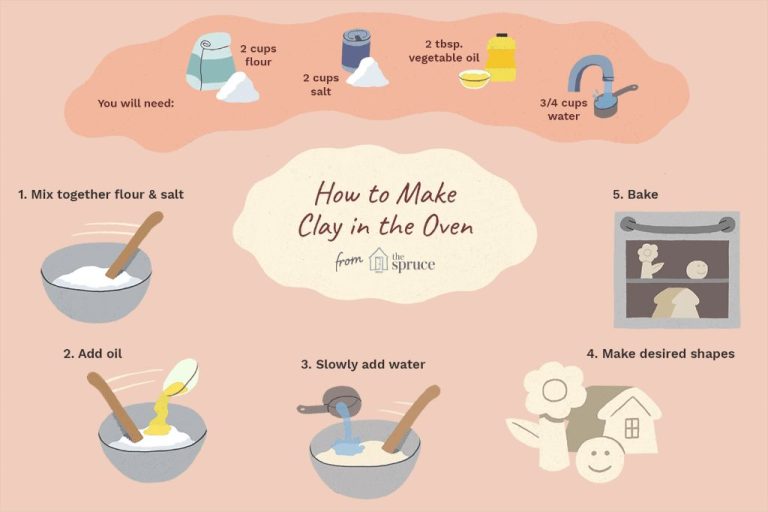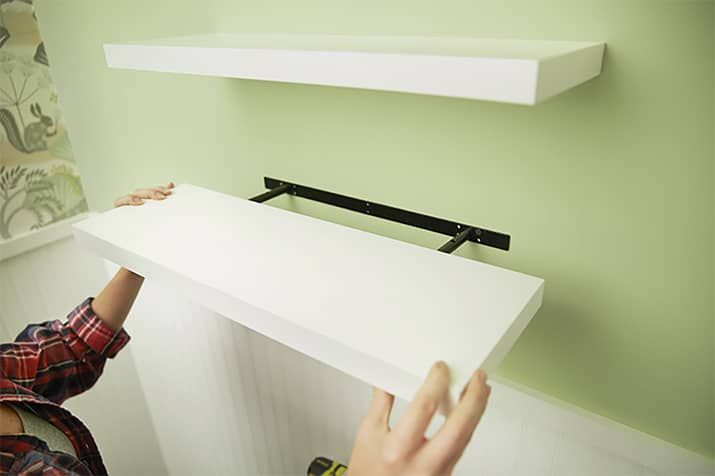Can You Put Clay Pots In Boiling Water?
Clay pots have been used for thousands of years to store food, water, and other items. They are made from clay that is molded and fired at high temperatures, making them durable and ideal for cooking and storage. Clay is an excellent material for pots because it is abundant, inexpensive, and can withstand high heat. Many cultures around the world have a long tradition of making and using clay pots, from ancient civilizations to modern times.
Today, clay pots are still popular choices for cooking certain dishes. The porous nature of clay allows heat and moisture to circulate through the walls of the pot. This makes clay pots excellent for slow-cooked stews, boiled vegetables, rice dishes, and more. The clay pot helps food cook evenly and retain more nutrients and flavor. Many cooks prefer clay over metal or glass pots for these reasons. However, proper preparation and care is needed when using clay pots, especially if exposed to very high temperatures.
Reasons People May Put Clay Pots in Boiling Water
One of the most common reasons people may put clay pots in boiling water is to sterilize new pots before use. When clay is sculpted and fired into a finished pot or vessel, it can pick up contaminants during the manufacturing and shipping process. Boiling a new clay pot is an easy way to sanitize it by killing bacteria, mold, or other microorganisms that may be present on the surface.
Filling a pot with boiling water and letting it soak for 10-15 minutes allows the high heat of the water to penetrate the porous clay material. This exposure to temperatures around 212°F (100°C) helps eliminate unwanted germs and pathogens. Sterilizing in this manner prepares a new clay pot for safe use, especially for cooking or holding consumable liquids.
Effects of Boiling Water on Clay
When untreated clay pots are placed directly into boiling water, the intense heat can have damaging effects on the material. As clay heats rapidly, the water molecules trapped in the clay quickly turn to steam. This causes the clay to expand, creating internal pressure. If the pressure builds up faster than it can escape, it can cause cracks or burst air pockets in the clay.
Boiling water also permanently increases the porosity and absorbency of clay. As the trapped water turns to steam and leaves behind tiny holes, untreated clay essentially becomes more porous after exposure to high heat. This increased porosity can lead to seepage or even failure of the pot over continued use.
Additionally, Most clays shrink slightly during the drying and firing process involved in making a clay pot. When an already-fired clay pot is subjected to rapid, intense heat like boiling water, the clay can expand again as it did during initial firing. This repeated expanding and shrinking weakens the structural integrity of the clay over time.
In summary, exposing unfinished clay to boiling water makes the clay more porous long-term, and can put enough stress on the material to cause cracking or breakage. For this reason, simply placing dry clay pots directly into boiling water is not recommended.
Recommended Methods for Preparing New Clay Pots
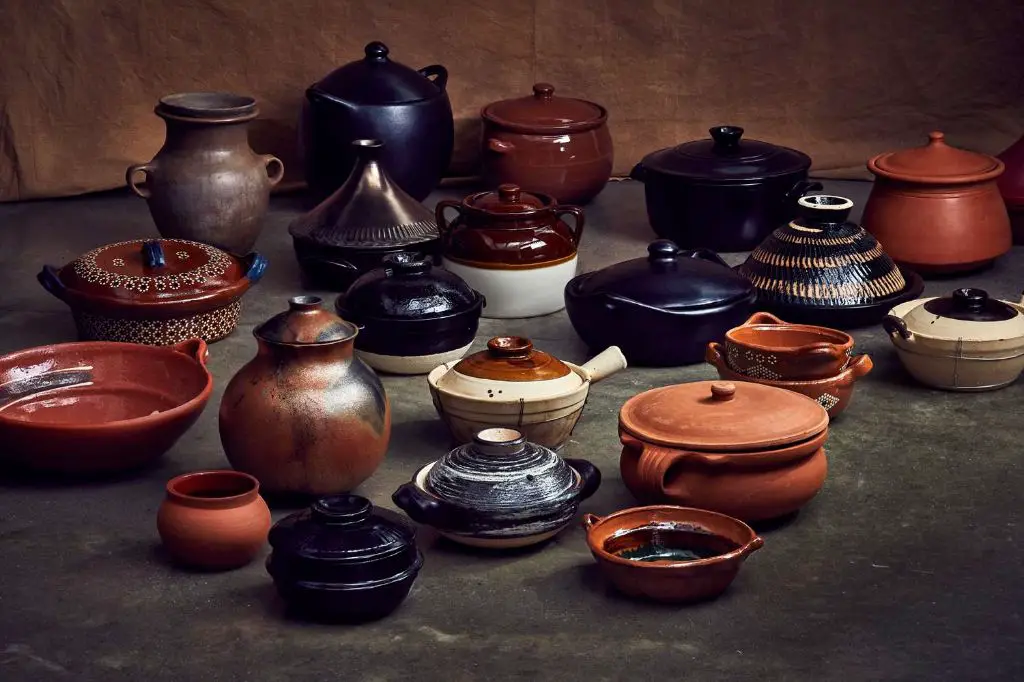
There are a few simple methods to help prepare new clay pots before their first use to avoid cracking or damage from thermal shock.
One common technique is to soak the new clay pot in water overnight before using it. Submerging the pot in room temperature water allows the clay to slowly absorb moisture. This helps prevent the pot from drying out too quickly when exposed to heat. Slowly introducing moisture into the clay over several hours reduces chances of the pot cracking from rapid temperature changes.
Another useful approach is to lightly rub the inside cooking surfaces with cooking oil before the initial use. Using a small amount of vegetable, olive, or coconut oil to lightly coat the clay interior creates a minor protective barrier. As the pot heats, this oiled surface helps regulate moisture release from the clay. It’s best to apply just a thin layer of oil and wipe away any excess.
Always be sure to follow any specific seasoning instructions provided with the pot as methods can vary by manufacturer. But soaking in water combined with a light oiling is an easy way to prep many new clay pots before cooking to prevent damage.
Using Clay Pots for Cooking
Clay pots can be a useful cooking vessel in certain situations. Here are some of the advantages and disadvantages of cooking with clay pots:
Advantages
- Clay is natural and non-toxic when used properly.
- Pots allow steam to escape during cooking which can intensify flavors.
- The thick walls provide gentle, even heating.
- Clay is a poor heat conductor allowing for slow cooking.
- Clay pots retain moisture well which is good for braising, stewing, etc.
- Traditional clay pot rice dishes get a unique crusty texture.
Disadvantages
- Unglazed clay can absorb food odors and stains.
- Porous clay requires seasoning before use.
- Clay pots are heavier and more fragile than metal pots.
- They conduct heat poorly requiring lower heat and longer cook times.
- Foods can dry out faster without a lid.
- Clay can crack under sudden temperature changes.
With proper care and technique, clay pots can be an excellent eco-friendly option for certain types of moist cooking where gentle, even heat is desired. However, the drawbacks should be considered before using for all recipes.
High Temperature Glazes
One way to make clay pots suitable for boiling is to apply a high temperature glaze before firing. Glazes create a glassy coating that makes the clay impervious to water. Some common high temperature glazes include:
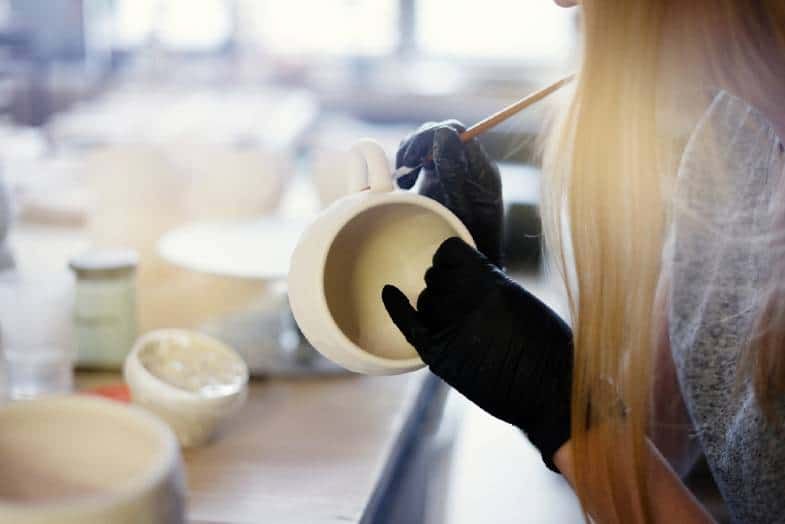
- A celadon glaze made from clay, silica, and oxides can withstand temperatures up to 2,200°F (1,204°C). This seals the clay body and allows pots to be safely boiled without damage.
- A tenmoku glaze using iron and copper oxides can reach over 2,300°F (1,260°C) and produces an attractive black finish. Tenmoku glazed pots will not react when exposed to boiling water.
- Borax frits melted at high temperatures create durable, non-porous glazes that protect clay against thermal shock. Fritted glazes allow boiling without cracking or leaching chemicals.
As long as the glaze has fully matured and bonded with the clay through high temperature firing, glazed pots can be submerged in boiling water with minimal risk of damage. The glaze prevents absorption and provides a non-reactive barrier.
Tips for Safely Using Clay Pots
Clay pots can crack or break if subjected to sudden temperature changes. Here are some tips to use them safely:
- Avoid putting a cold clay pot directly into boiling water or a hot oven. Allow it to come to room temperature first.
- When baking or cooking, place the clay pot in the cold oven first, then turn on the heat. Don’t add a cold clay pot to hot liquid.
- Allow cooked clay pots to cool down slowly. Don’t add cold water or place in the fridge while hot.
- Preheat clay pots at a low temperature when reheating food to prevent thermal shock.
- Avoid drastic temperature fluctuations by not leaving clay pots near drafts or cold windows.
With proper care around temperature changes, clay pots can be used safely for cooking, baking, and food storage.
Common Alternatives to Clay Pots
While clay pots have their benefits, there are a few common alternatives worth considering:
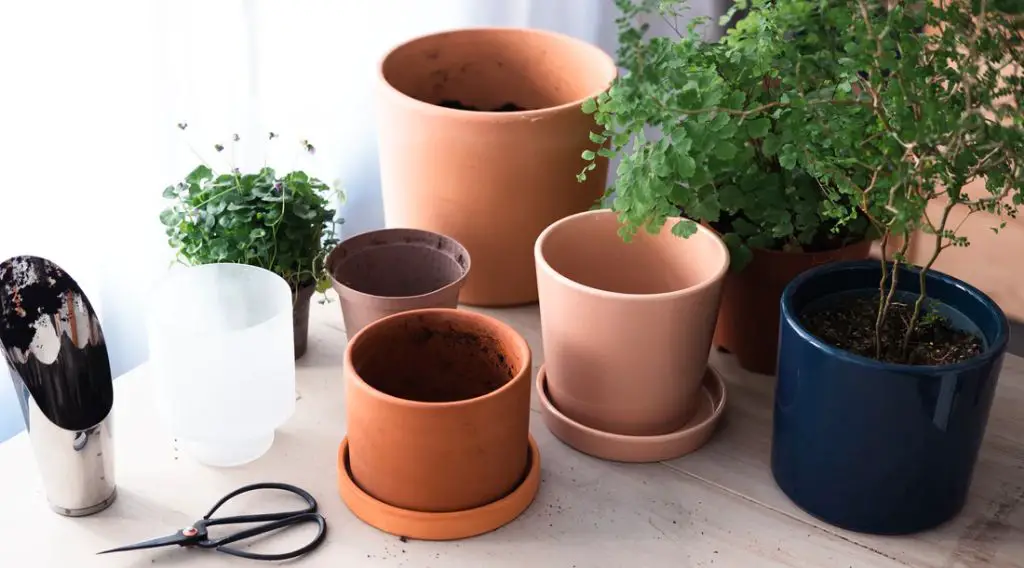
Plastic
Plastic containers are lightweight, durable, and inexpensive. They can withstand boiling water and come in a variety of shapes and sizes. However, plastic can warp and melt at very high temperatures. Plastic also tends to retain stains and odors more than other materials.
Ceramic
Ceramic pots offer a similar look and feel to clay but are less porous. Glazed ceramic won’t absorb stains or odors. Ceramic holds up well to heat, though thermal shock can cause cracking. Unglazed ceramic can soak up liquids but has excellent heat resistance.
Metal
Metal pots like stainless steel and enameled cast iron can be an excellent choice, especially for cooking. They have great heat conduction and won’t crack under high temperatures. However, reactive metals like cast iron or aluminum can leach into acidic foods. Metal also heats very quickly, raising the risk of scorching.
Summary
Clay pots are a popular cooking vessel across many cultures. While some people may be tempted to put a new clay pot in boiling water before its first use, this is not recommended. Exposing clay to drastic temperature changes can lead to cracking or breakage. Instead, properly cure and season a new clay pot. Some key takeaways:
- Soaking new clay pots in room temperature water helps remove dust and debris.
- Slowly curing clay over several days prevents cracking by allowing moisture to evaporate.
- Seasoning fills pores in the clay to prevent food absorption and leaking.
- Always preheat clay pots gradually to prevent thermal shock.
- High-fire stoneware clay can generally withstand boiling water. Earthenware and porcelain can crack.
- Glazed pots are less porous. Unglazed pots require more seasoning.
- With care, clay pots can provide even heating and enhanced flavors.
By properly preparing and caring for clay pots according to the manufacturer’s instructions, they can be used safely for cooking and provide an unparalleled experience.
References
Arneson, Paul. ThePotter’s Dictionary of Materials and Techniques. Krause Publications, 2004.
Chappell, James. The Pot Book. University of Pennsylvania Press, 2000.
Creswell, Robyn. The Complete Book of Pottery Making. Barron’s Educational Series, 1987.
Fournier, Robert. Illustrated Dictionary of Practical Pottery. Van Nostrand Reinhold Company, 1974.
McGarva, Alison. The Pottery Studio Handbook: A Start-to-Finish Guide to Ceramics. Quarry Books, 2008.
Peterson, Susan. The Craft and Art of Clay: A Complete Potter’s Handbook. Laurence King Publishing, 2003.
Zakin, Richard. Electric Kiln Ceramics: A Guide to Clays and Glazes. Krause Publications, 2004.

